Interference
Pigging Pigs’ interference refers to the percentage of pig OD minus the pipe ID then divided by the pipe ID.
Purpose and Cycle of Pigging
Purpose
Pigging can clean the debris, fluid accumulation, and fouling therefore improving the transportation efficiency. Besides, it can also reduce friction loss, reduce inner pipe corrosion, and extend pipe life.
Cycle
According to the medium in the pipe, transportation efficiency and differential pressure set a reasonable pigging cycle.
Inspection Before Pigging
Gas Pipeline Condition Inspection
What do you need to inspect?
- pipe specification
- pipe length
- pipe using life
- pipe safety
- working pressure
- relative elevation difference
- pipeline crossing conditions
- pipe elbow, bevel
- middle pipe valve chamber
- pipeline branch, tee
- the special conditions of landform
Sending and Receiving Pig Station Inspection
You should also check the pig launcher and receiver, valves, instruments, blow-off pipes, blowdown pipes, and their surrounding environment.
Other Inspections
- pigging record
- current gas flow and daily gas flow
Make A Pigging Plan
Technical requirements
First, you should describe the basic pipeline condition. Then, according to the pipe situation and features select the right pigging pigs. After that, you should choose the interference of the pig.
In general:
Pigging ball filled with water interference: 3% ~ 10%.
Cup pig interference: 1% ~ 4%.
Then you should estimate the maximum pressure difference at the beginning and end of the pigging section. According to topographic elevation difference, sewage condition, and starting pressure difference, you can determine the gas transmission pressure of the pigging starting station reasonably.
The general calculation formula is below:
P=P1+P2+P3
- P——maximum pressure difference, Mpa
2. P1——starting pressure difference, Mpa
3.P2——the difference of gas transmission pressure between the current receiving and sending stations, Mpa
4.P3——estimate the maximum fluid accumulation elevation pressure in the pipe, MPa.
Then you should reasonably determine the gas transmission pressure of the pigging station according to the user’s gas condition, the maximum allowable working pressure of the pipeline, and the estimation of the maximum pressure difference. The running speed of the pig should generally be controlled at 12 ~ 18km/h.
Pigging Monitor Set
The monitoring points are set up based on comprehensive survey data of the pipeline. Under normal circumstances, the first monitoring point should be 0.5 ~ 1.5 km away from the pig starting station. The last monitoring point should be 1 ~ 2km away from the receiving station. Monitoring points should be set up in the middle valve chamber, branch line, crossing, and elevation difference.
Safety Measures For Pigging Operations
You should develop safety technical measures for pigging operations, safety measures for pneumatic fire, emergency repair arrangements, and operational safety measures. Then you can write a contingency plan. The prepared pigging plan shall be submitted to the relevant departments for approval before it can be implemented.
Inspection of Pigging Plan
Preparation Before Pigging
According to the requirement of the pigging plan, you should rectify the facilities that do not meet the requirements of pigging.
Sending the Pigging Pigs
Before sending the pigs, you should adjust the pipe pressure as per your plan requirement. Then, open the vent valve of the pig launcher and receiver. At the same time. make sure there is no pressure in it. Then open the quick opening closure, and you send the pigging pigs into the pig launcher. After that, you should put the pig tightly at the ends of the pig launcher. Close the quick opening closure and install the security equipment. Close the pig launcher vent valve. Then open the intake valve to balance the pressure of the pig launcher. Then fully open the valve at the beginning of the pig launcher. After turning off the gas line intake valve, you can send pigging pigs. Make sure the pig is already sent successfully, you should open the gas line intake valve, and close the valve at the beginning of the pig launcher. Besides, you should also close the pig launcher intake valve.
Open the pig launcher vent valve to relieve pressure to zero, and check that the valve at the beginning of the pig launcher is closed without leakage. Then open the quick-opening closure, and check whether the pig is sent out.
Process Calculation of Pig Operation
When the pig has been sent, the process of calculation begins. Combined with the report of the monitoring points along the way, at any time to grasp the operation of the pig, you can timely discover, and correct treatment of various problems.
Pig Operation Failure and Treatment
Pig Leakage
If the pressure difference of pushing the pig does not increase, the calculated running distance of the pig is much larger than the actual running distance, which can be regarded as pig leakage. Generally, the method is to send a second pig ball (or pig) with a slightly larger interference volume. According to the actual situation, you can also increase the gas intake after sending the pig and reduce the natural gas pressure. It can also be adopted to increase the pressure difference to make the pig start.
Pig Break
If the pig is broken, you cannot establish the pig starting pressure difference. Therefore, the pig will stop working. The solution is changing a pig and restarting pigging.
Pig Stuck
If the pig is stuck, the back pressure of it is continuously increasing, on the contract, the front pressure is continuously declining, so the pig will stop working.
The solution: First, increase the intake volume to increase the pressure difference. However, it should be ensured that the pressure behind the pig does not exceed the maximum allowable working pressure of the pipeline. Second, reduce the pressure in front of the pig to increase the pressure difference. If the above two methods are unsuccessful, you can discharge the natural gas behind the pig and release the pig by reversing the push. When the above methods are unable to release the stuck, then you should break the pipe and take it out.


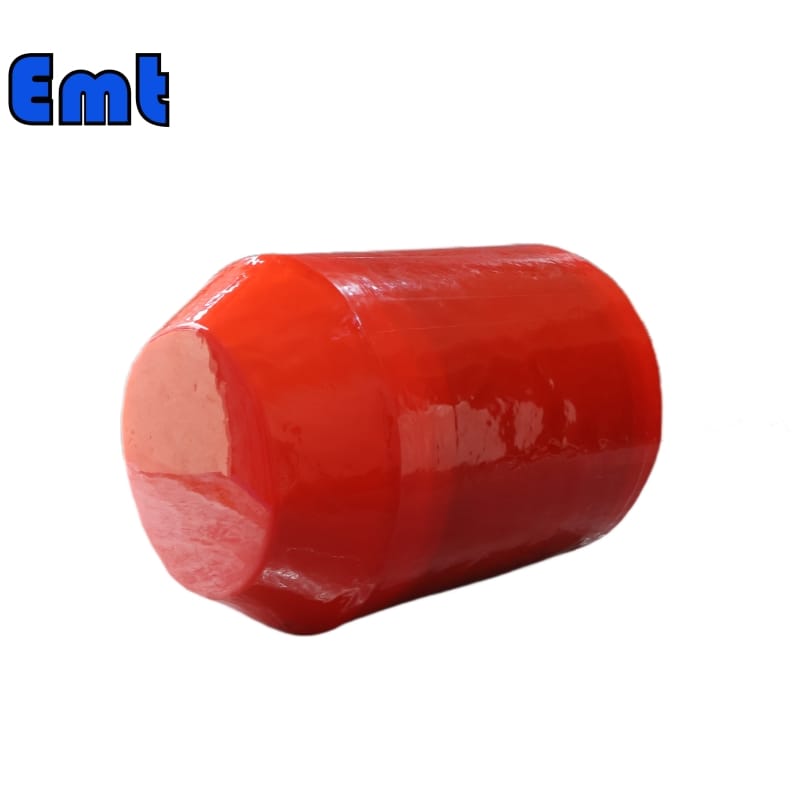
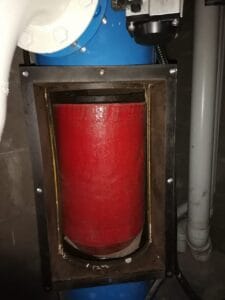
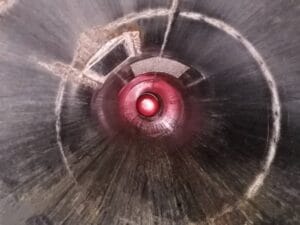
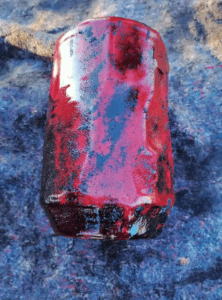
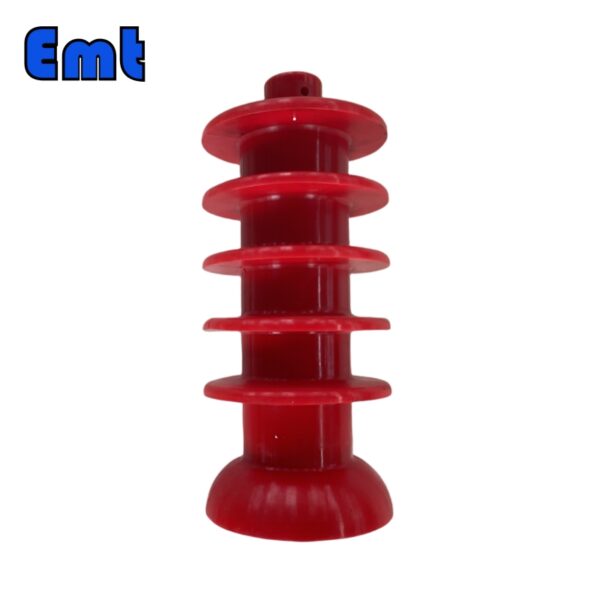
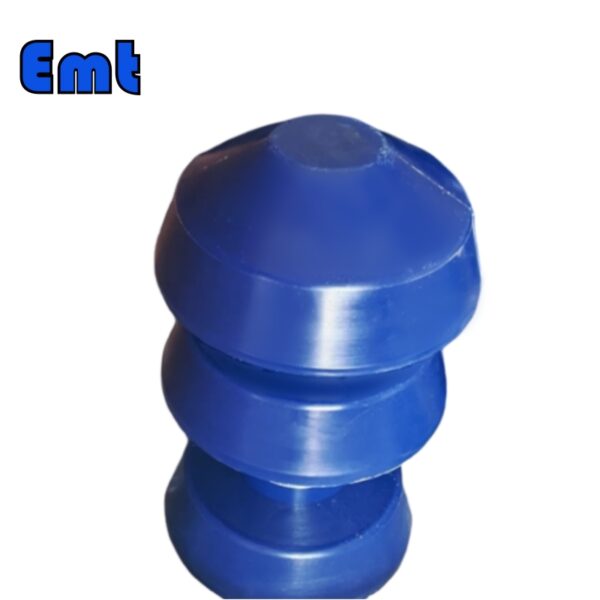
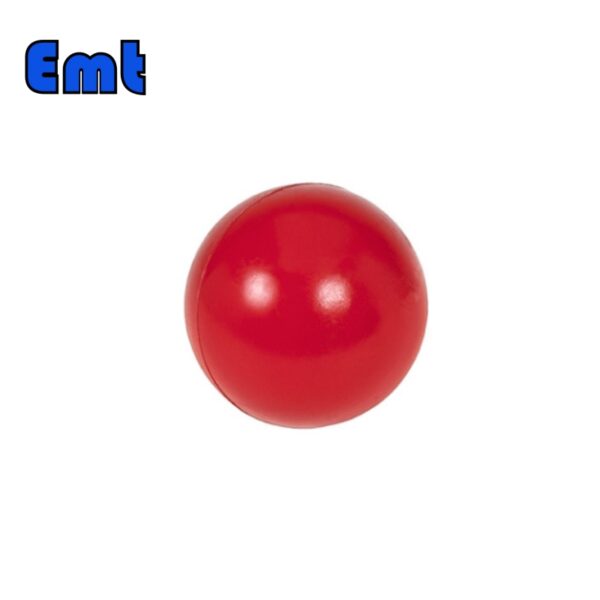
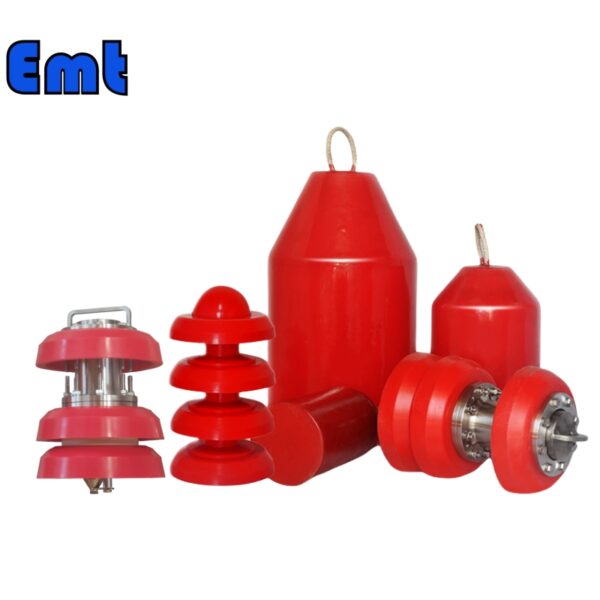
There are no reviews yet.